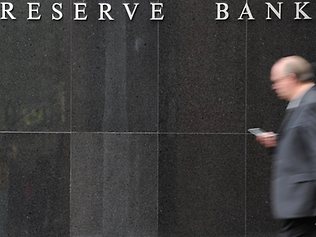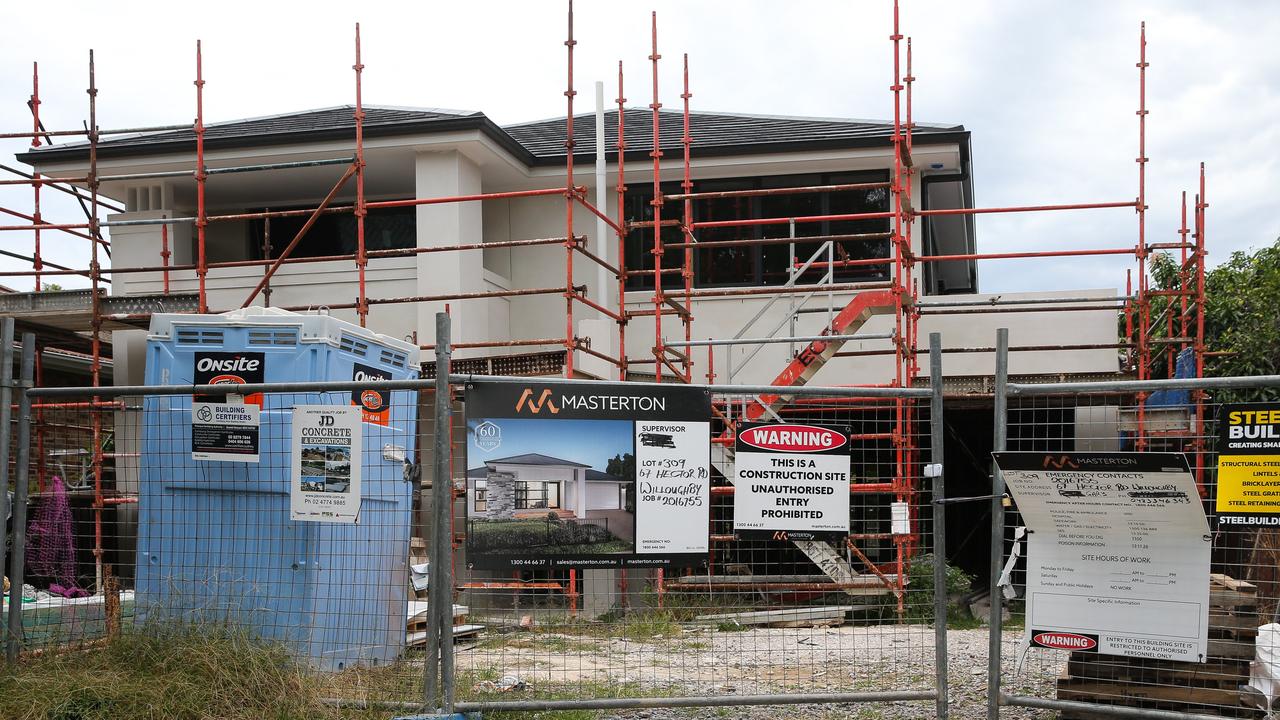New data gives mixed signals on interest rates
NEW construction work data and the labour price index gives mixed signals for the outlook for interest rates, economists say.

NEW construction work data and the labour price index gives mixed signals for the outlook for interest rates, economists say.
Australian Bureau of Statistics data today showed total hourly rates of pay, excluding bonuses, rose by a seasonally adjusted 1.0 per cent in the December quarter and was up 3.9 per cent from a year earlier.
The median market forecast was for a rise of 0.9 per cent in the December quarter and 3.8 per cent from a year earlier.
The index measures movement in underlying wages by calculating the change in the wage and salary cost of a basket of jobs.
Meanwhile, total construction work done in Australia rose 0.8 per cent in the December quarter in chain volume terms, seasonally adjusted.
The median market forecast was for total construction work done to have risen 1.5 per cent in the December quarter.
Nomura Australia chief economist Stephen Roberts said the December quarter wages data does put some pressure on inflation and therefore interest rates.
"The labour price index was on the high side of expectations. That does leave a bit of pressure on the wages side," Mr Roberts said.
"My view for some time is that the Reserve Bank will be back to tightening policy around May and these numbers are fairly consistent with that."
The Reserve Bank of Australia (RBA) last raised its cash rate to 4.75 per cent from 4.5 per cent in November.
Mr Roberts said the construction work done data gives mixed signals for the rates outlook.
"In terms of the work done, you've got mixed indications. Non-residential was quite weak, residential was off somewhat, off somewhat by 1.1 per cent.
"So building work was the softest part of it, down by 5.1 per cent.
"Engineering work though quite strong, up by 7.3 per cent.
"It's only one small part of the GDP (gross domestic product) story. It'll be more interesting to look at the CAPEX (capital expenditure) data out tomorrow (Thursday) to see what plant and equipment spending will do," he said.
Commonwealth Bank economist James McIntyre said the ABS construction figures showed the two speed nature of the economy.
In the December quarter, construction of residential buildings fell 1.1 per cent, while construction of non residential buildings plunged 9.9 per cent.
Engineering construction, on the other hand, rose 7.3 per cent in the quarter.
"These construction figures show the two speed nature of the economy," Mr McIntyre said.
"The past two quarters, we've seen construction fall.
"Now that stimulus is unwinding from the economy, these figures show it is putting downward pressure in the economy."
He said he was also concerned about the labor price index, which moved higher in line with Commonwealth Bank's expectations.
"We already have wages growth around that 4 per cent mark, that's before we start getting the unemployment rate below 5 per cent," he said.
The latest ABS data showed the jobless rate at almost a two-year low of 5.0 per cent in January.
That figure is right on the border of what economists term full employment, below which wage inflation can gather momentum.
"The jobless rate could move downward from here, so I'm a little concerned about wages growth."



